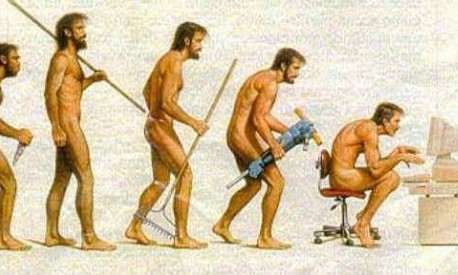Over a pint of beer, the great biologist, polymath and pub-lover J B S Haldane was asked if he would give his life to save his drowning brother. He is supposed to have said: ‘No, but I would to save two brothers, or eight cousins.’ He was referring to one of evolution’s puzzles: why animals (including humans) help one another. Under Darwinian natural selection, shouldn’t individuals always behave selfishly in order to maximise their chances for reproduction? Starting in the 1930s, Haldane was one of the first biologists to explain altruism by what we now call ‘kin selection’. An individual who is inclined to help family members is acting selfishly, from the point of view of their genes, as they are helping to ensure the reproductive success of their shared genetic material. You share, on average, half of your genes with your brother and an eighth of your genes with your cousin, hence Haldane’s nerdy joke.
Although Haldane apparently understood the principle of kin selection, it was a further 30 years before another English evolutionary biologist, W D Hamilton, nailed the mathematics of the theory in The Genetical Evolution of Social Behaviour (1964), one of the most important works in the field of evolution since its inception. The Selfish Gene (1976) by Richard Dawkins, and many other popular science books, were based on kin selection theory, which exposed the selfish machinations and calculations inherent in apparently altruistic behaviour.
So why hadn’t Haldane — a brilliant and inventive biologist — taken the idea of kin selection to its natural conclusion? In a startlingly honest interview for the Web of Stories website in 1997, the eminent evolutionary biologist John Maynard Smith, a former student of Haldane’s, said that this failure was partly political:
I have to put it down, to some extent, to political and ideological commitment… Continue reading
Sources
